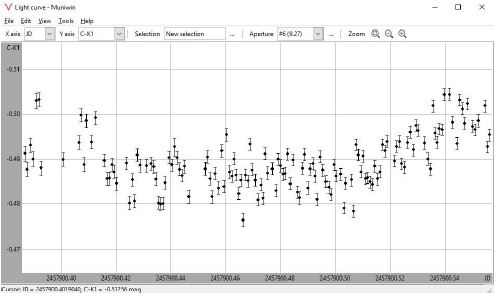-
Faulkes Telescope Project Privacy Policy
An Observation and Analysis Protocol for Exoplanets
Aeronautical and space engineering students, Romain Coheleach and Matthieu Ruetsch at the Intitut Polytechnique des Sciences Avancees (IPSA) in France have been studying exoplanets using the Faulkes Telescopes and LCO network.
The students compiled a detailed report they titled: ‘Protocol for the Observation of an Exoplanet Transit for Beginners… a Simplified Version for the Choice, the Observation and Analysis of a Target using the LCO’. The report provides a useful step-by-step guide for identifying, observing and analysing exoplanet targets.
The students wrote: “The whole idea of this protocol appeared after we started our CIRI project at IPSA. We soon realised that, to choose a target for observation, a lot of parameters had to be considered, thus resulting in a rapidly disorganized and rather chaotic research”.
In their report, the students explain the processes they went through when choosing an exoplanet target for observation, including telescope availability, weather and Moon visibility. They then produced a list of potential targets before identifying their final choice of target.
The students utilised a number of sources to identify all this important information, demonstrating the work and attention to detail that is often required to obtain successful observations.
After obtaining successful observations of their target, the students performed photometric analysis and produced a light curve of the exoplanet’s host star. Their results are displayed in Figure 1 where the dip in the light curve indicates the passing of the exoplanet in front of the star in relation to our point of view on Earth.

The students’ lecturer, Anica Lekic had this to say: “As far as my students are concerned, they are in a 20-hour project in the form of a course on exoplanets and they are in a master’s degree in engineering school. It is a master’s degree in aeronautical and space engineering. They are not destined to be astronomers but some of them may work in this field so this type of project is very appealing to them.”
